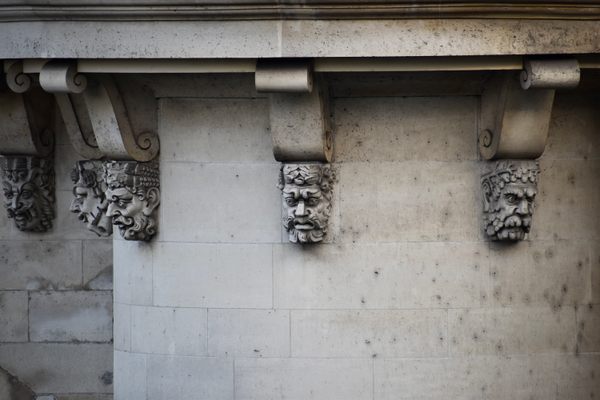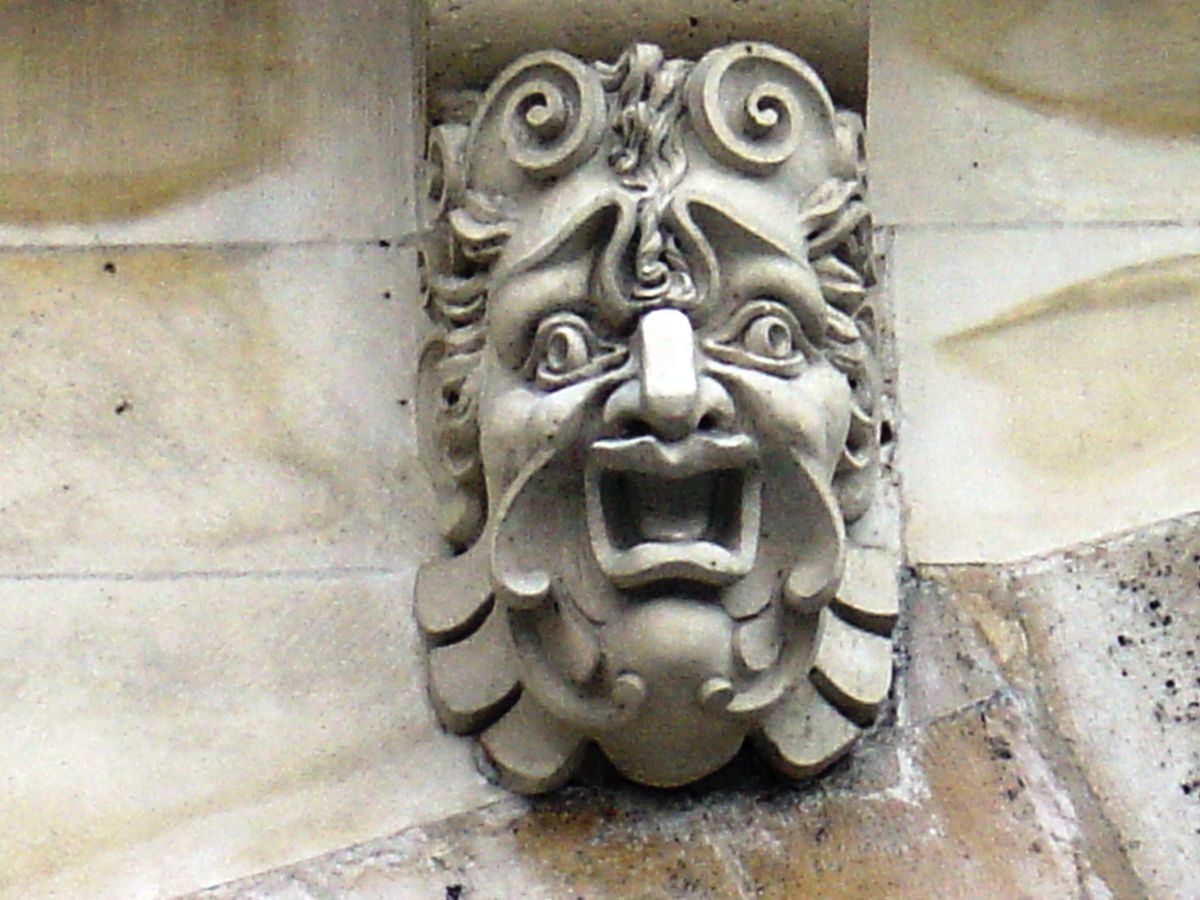About
Despite its name which means “new bridge,” Pont Neuf is the oldest bridge in Paris and one of the most iconic sights of the city. With all its Renaissance charms, it only adds to the romantic scenery as you walk along the Seine, but if you look closely enough, you might notice ugly faces leering from its sides by the hundred.
In architecture, a mascaron is an ornament in the form of a grotesque face, typically of a chimeric creature or mythical humanoid. Often associated with the forest, many mascarons depict such mythological figures as satyrs and the Green Man. They were originally installed above doorways to scare away evil spirits, but gradually lost this function as time went by and became a popular decorative element in the Beaux Arts and Art Nouveau periods.
The original mascarons of Pont Neuf are attributed to French Renaissance sculptor Germain Pilon, dating back to the late 16th century. Counting 381 in total, each of them is different and shows a monstrous, sometimes humorous, expression of fear, shock, and intimidation.
These originals were replaced by contemporary copies when the bridge was completely rebuilt between 1851 and 1854, later finding their homes in the Carnavalet Museum and the Château d’Écouen, along with some of the surviving molds.
The copies that adorn Pont Neuf today, on the other hand, were made by notable 19th-century sculptors, such as Hippolyte Maindron, Hubert Lavigne, Antoine-Louis Barye, and Fontenelle. Fontenelle’s mascarons, counting a total of 61, can be found on the upstream side of the bridge between the right bank and the Île de la Cité.
Related Tags
Community Contributors
Added By
Published
July 22, 2022








































